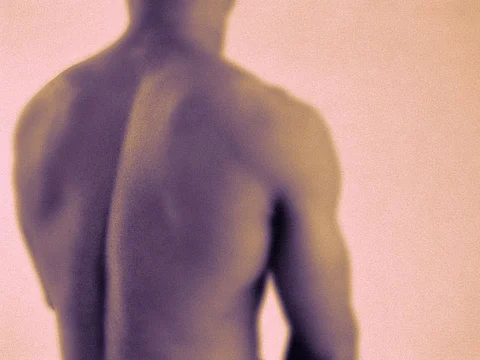TUESDAY, Nov. 27, 2018 (HealthDay News) -- Computed tomography (CT)-guided pulsed radiofrequency (pRF) is effective for patients with acute or subacute neuroradicular low back pain that is refractory to usual care, according to a study presented at the annual meeting of the Radiological Society of North America, held from Nov. 25 to 30 in Chicago.
Alessandro Napoli, M.D., Ph.D., from the Sapienza University of Rome, and colleagues conducted a single-center prospective trial involving 260 patients with acute or subacute neuroradicular low back pain, refractory to usual care. The patients were randomly assigned to either pRF treatment performed using a 22-20 G needle-electrode with probe tip directed to the symptomatic dorsal root ganglion under CT guidance or CT-guided steroid injection on the same anatomical target (128 and 120 patients, respectively).
The researchers found that in both groups, the median visual analogue scale scores decreased linearly; during the first year, patients who received radiofrequency obtained significantly greater overall improvement in pain and disability scores. Leg pain relief was faster for patients assigned to pRF; they also reported a faster rate of perceived recovery (hazard ratio, 1.97). After one year of follow-up, the probability of perceived recovery was 95 and 61 percent in the pRF and injection-only groups, respectively.
"Given our study results, we offer pulsed radiofrequency to patients with herniated disk and sciatic nerve compression whose symptoms do not benefit from conservative therapy," Napoli said in a statement.
Press Release
More Information


